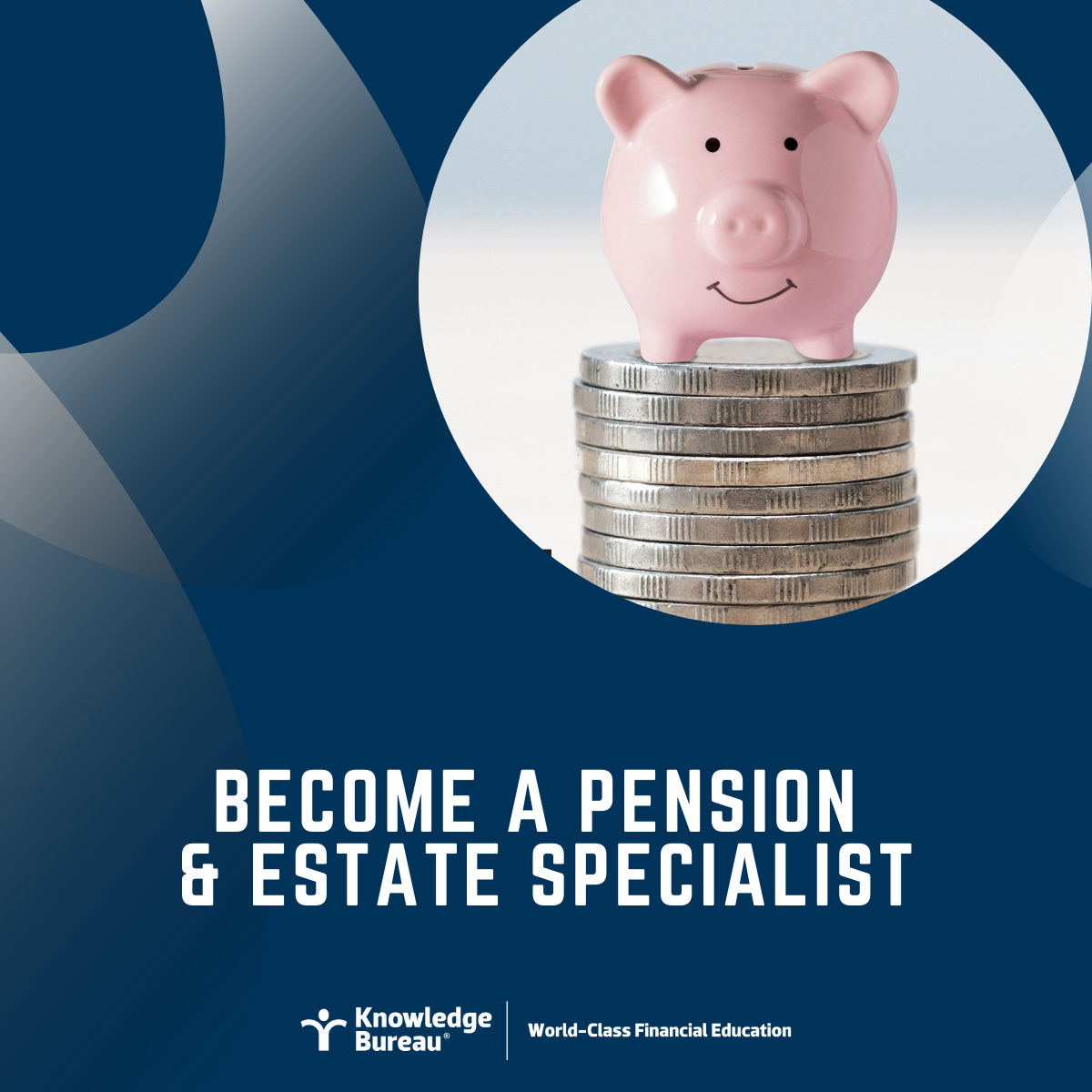Last updated: June 30 2021
Mid Way Point: Kick Start Pre-Retirement Savings with Tax Savvy

Evelyn Jacks
What matters is what you keep. As we have reached the 2021 halfway point, from a tax planning point of view it’s high time focus on ways to keep more money in your clients’ pockets before year-end. A key question arises for pre-retirees in the post-COVID environment: what are the right next steps if TFSA, RPP and RRSP contribution room has been maximized for every adult in the family? The answer takes the investor back to three basics:
File Missed Tax Returns and Manage Tax Debt. The first strategy is always to prepare all tax returns to be caught up to date to the 2020 tax year. There may be gold lurking in missed refunds or credits and that is always wonderful news. Go back 10 years to 2011 for adjustments for missed items, if required.
However, if the taxpayer is late in filing at least three prior returns, it is important to explain a late filing penalty for 2017, 2018 and 2019 will be levied and if CRA issues a formal demand to file, the late filing penalty for 2020 will be 10% of the balance owing plus an additional 2% for each full month the taxpayer files after the due date up to a maximum of 20 months. That erodes a lot of investment room.
If taxable income in 2020 was less than $75000 and at least one of the COVID relief benefits was received (ie. CERB or CRB), CRA will waive interest costs until April 30, 2022. Mark your  calendar to remind your clients of this deadline; also for business clients, of the December 31, 2022 deadline to repay their CEBA loans to earn up to $20,000 in loan forgiveness.
calendar to remind your clients of this deadline; also for business clients, of the December 31, 2022 deadline to repay their CEBA loans to earn up to $20,000 in loan forgiveness.
Analyze where debt lies and pay down consumer credit cards, which carry with them high cost non-deductible interest. Using a tax refund to do so is a smart move.
Prepare a current net worth statement. Make sure current valuations are available for all financial and non-financial assets for proper insurance and estate planning purposes. Analyze where debt lies and pay down consumer credit cards, which carry with them high cost non-deductible interest. Using a tax refund to do so is a smart move.
Next focus on tax exempt assets. Leveraging the equity in the tax exempt home (borrowing at current low interest rates to invest in the financial markets) can turn non-deductible interest into deductible interest, while balancing out a real estate heavy mix.
Given low prescribed interest rates, this may also be a good time for high earners in the family to loan funds for investing to low earning spouses and lock in those low rates for the life of the loan. Resulting investment earnings will be taxed in the hands of the lower earner. However, interest must be actually paid and then reported by the higher earner, no later than January 30 following the calendar year end.
Diversify Earnings. Funding non-registered accounts to accumulate financial assets that produce a diversity of income sources – interest, dividends, rents, royalties – as well as capital gains or losses can enhance wealth. So can the acquisition of other non-financial assets – second personal residences, rental properties, etc. These properties complement a self-funded tax-advantaged investment strategy which has previously focused on maximizing registered account deposits.
Remember that retirement income planning is going to be impacted by certain limitations that are legislated by government which set maximum income levels for CPP and RRSP contributions. Savings in non-registered accounts are necessary to round out the income needed in retirement.
Calculate retirement and terminal net worth. Use the Knowledge Bureau’s Financial Discovery Calculator to have open-ended conversations about financial trigger questions:
- life events,
- financial events and
- economic events
These affect your clients’ current thinking about the four elements of Real Wealth Management: Accumulation, Growth, Preservation and Transition of sustainable family wealth after taxes, inflation and fees. It is important to use this tool to do a projected net worth statement, identifying how much is required in savings in order to fund at least 65% of lifetime working income.
When should they be withdrawn to get the best after-tax results for the economic family unit? Can income be split? Are savings in the right accounts to do so?
Finally, how much tax would be payable in the case of pre-mature death? Would assets be rolled over to a spouse, or would it be necessary to pay tax at deemed disposition? Would there be enough tax exempt insurance coverage available, or would assets have to be sold? Which assets would be sold first in that case? Every taxpayer would benefit from a conversation about the fundamentals of succession and estate planning.
Bottom Line. Summertime is a great time for tax efficient pre-retirement income planning. Advisors who make time for clients to have these high value discussions now will build big value, and build their businesses with referrals to other family members, too.
Evelyn Jacks is President of Knowledge Bureau and author of 55 tax filing, planning and wealth management books for consumers and their advisors. She tweets @evelynjacks
Additional educational resources: New! The Advanced Retirement and Estate Planning Course features expert instructor-led sessions with the online course chapters, plus you’ll earn 30 CE credits and important new credentials that provides a full course credit towards the MFA™- Pension & Estate Services Specialist Designation Program.

